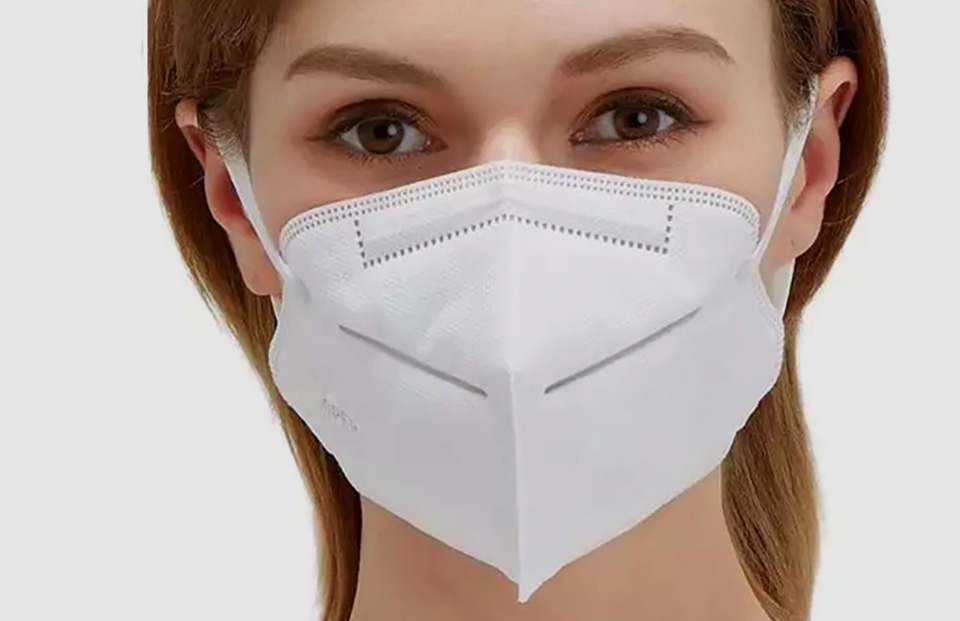

Along with the COVID-19 epidemic, the increase in interest in people and the use of these masks to prevent the spread of this epidemic also accelerates scientific studies.

It is accepted by scientists that the primary transmission route of COVID-19 outbreak is through small respiratory droplets. It is known that the virus can be transmitted from individuals who have received this virus but have not noticed it.
Reducing the spread of the outbreak requires two things:
Research and studies show that wearing a mask reduces the transmission of the virus by reducing the transmission of infected droplets in both a laboratory and clinical context.
The use of general masks is a very effective method of reducing the spread of the virus and stopping the spread, if everyone follows it. The reduction of infectiousness is extremely important in terms of increasing intervention opportunities, decreasing the mortality rate and reducing the economic impact.
Therefore, the competent authorities and health institutions propose the adoption of wearing masks in public areas as an effective source of control, along with hygiene, social distance and contact tracking strategies.
Reusable masks are equipment that covers the wearer's mouth and nose and reduces the risk of virus entering the body through tiny airborne respiratory droplets. It is also an equipment that minimizes the excretion of respiratory droplets scattered from people carrying viruses and reduces the spread of infection.
However, the following fact should not be forgotten: the use of face masks does not replace precautions such as paying attention to social distance, hand hygiene and avoiding face, nose, eye and mouth contact.
While evaluating the use of masks in general, the following questions are sought:
Different designs are made for masks and different materials are used in production. This naturally affects the choice decision. On the other hand, there are national and international standards that evaluate the masks used in healthcare environments. However, these focus on the efficiency of masks as personal protective equipment, namely the ability to protect the person from infectious particles.
For example, the American standard N95 standard and the European standard FFP2 standard are recommended for healthcare professionals during the treatment of patients. Respirators complying with these standards have proven to perform as well as personal protective equipment.
Masks are also important in terms of personal protection benefits as well as reducing the risk of the user infecting someone unknowingly.
A protective face mask standard was published by the Turkish Standards Institute in May with the following title: TSE K 599 Textile reusable protective face masks - Non-medical.
Masks covered by this standard are not considered a medical device or personal protective equipment within the framework of the medical device directive 93/42 / EC and the new medical devices directive 2017/745 published in the European Union countries. The use of masks in accordance with these standard criteria does not mean exemption from obeying the social distance and other measures that the wearer must comply with.
TSE K 599 standardDescribes the design, production and performance requirements and test methods of masks that aim to limit the possibility of contamination during daily use and in similar use environments other than medical environments. In this regard, surgical masks used exclusively for medical purposes and masks specifically intended for personal protection of the user are outside the scope of this standard. Other standards have been published for masks used as medical and personal protective equipment.
This standard includes protective face masks, which are produced only from textiles and are reusable. Examinations for these masks focus on:
Masks must also meet the following requirements in terms of performance:
After the announced inspection and performance tests, the manufacturer should be able to guarantee that the reusable mask meets the necessary criteria.
The use of face masks in society is extremely important, especially in closed and crowded areas such as markets and shopping malls and public transportation vehicles.
Our organization also provides reusable protective face masks (non-medical) test services made of textiles within the scope of various laboratory services.
To get an appointment, to get more detailed information or to request an evaluation, you can ask us to fill in our form and reach you.